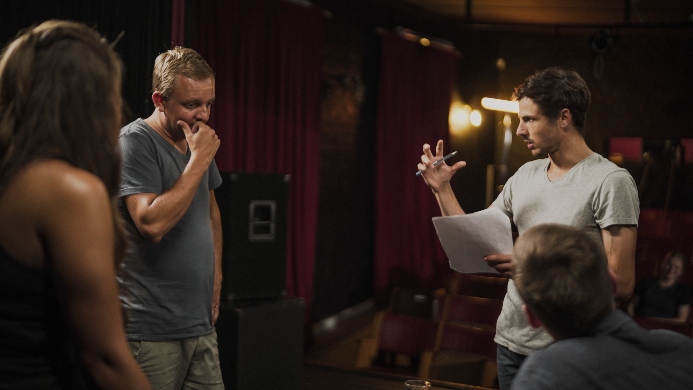
25 October 2020 - 08:45 BY Louw
Blocking On Set: Count Those Steps
Blocking is when the director takes you through his or her visual idea of all the movements and actions taking place within a scene. She’ll walk you through the scene: where you will sit down, stand up, walk over to the chair, where you’ll drop the glass and where to exit the room. The crew will put marks on the floor as to where to stop, where to turn around; basically just where you should find yourself so that the lens and light will best find you.
The whole crew will be standing and watching this process - DOP (Cinematographer), gaffers, lighting, sound department etc. Now, they know what to expect and what their technical gear can add to execute the director's vision for the scene.
Blocking can become stressful and sometimes complicated as you try and remember where you have to sit down, stand up, on which line to walk across the room and when to drop your glass… while still remembering your Bottom-Line for the scene.
What I have found helped me during blocking is these two tools:
1. Count your steps to your marks.
After blocking is done and you have your marks set out on the floor, the crew will make minor changes or you’ll do a quick word run or rehearsal. When I find I’m not in the crew’s way I will take a minute to count my steps from, let’s say, my chair to where I should walk across the room and turn on that one line. Now, let’s say it’s five steps, I will walk those steps back and count them to make sure the steps are the exact same amount again. Then I will run through the words as I walk back and forth, from my chair to the mark. Making sure you have that rhythm and steps almost as muscle memory by the time they call ‘action’. This helps you not to focus on hitting your mark but on your character's objective within the scene, staying focused and “in-it” straight through.
2. Incorporate props.
I will use most of my props during blocking to get a feel for continuity within a scene. Don’t focus on performance during blocking and rehearsals. I use this time to get all the technical things set so that when I hear “Action!”, I can just focus on performance and not remember when to pick up a glass or where to put my hair behind my ear. Play around during blocking and rehearsals and decide then to set your continuity – make sure your movements feel motivated and honest. This takes away so many things to think about and opens you up to the scene and your co-actor. Now, you can just be present, listen and respond.
Focus on the environment, props and steps during blocking and get used to the environment. See if you might add a prop or suggest a movement. Blocking and rehearsals before a scene can become very rushed as time is always tight, so make the most out of your blocking to calm your nerves and know exactly what to do when and relax into the scene.
How did you find the technique/tool/advice? Did it work for you? What was different this time? Share with the tribe and let’s keep on creating beautiful, honest and memorable performances. Let’s execute our best selves!
Kind regards
Edwin van der Walt
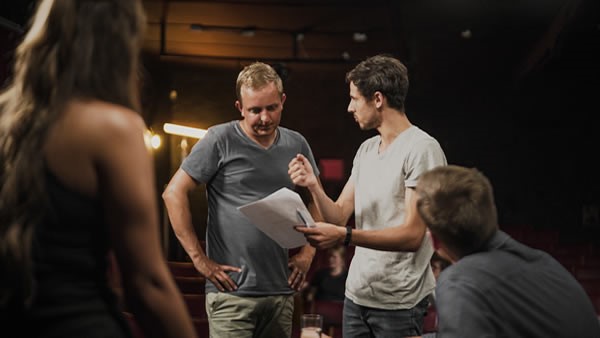
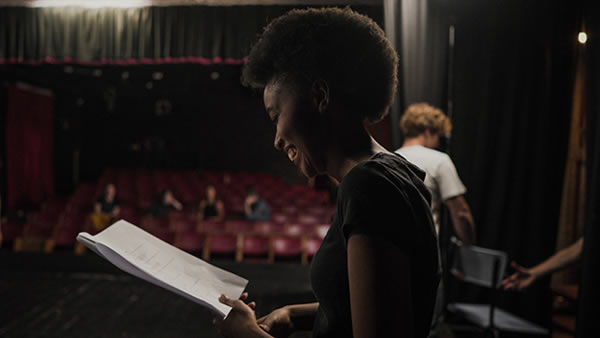

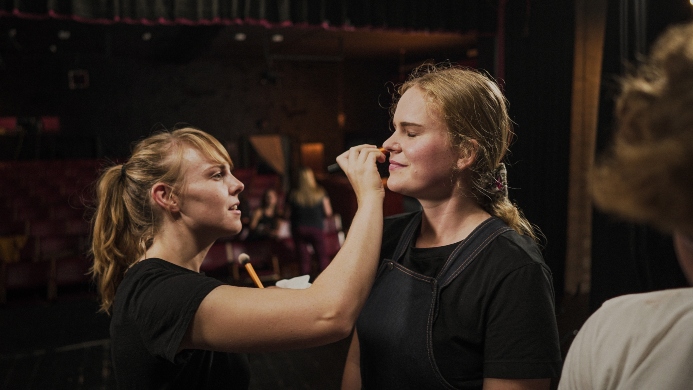
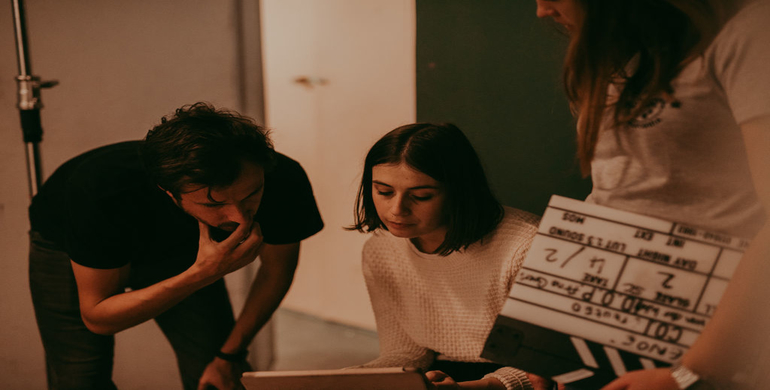
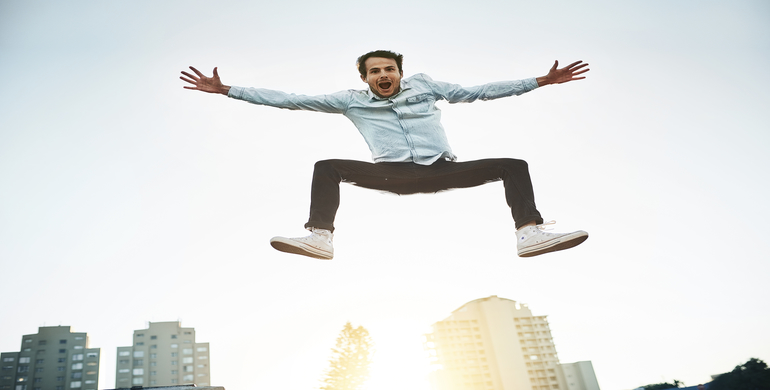
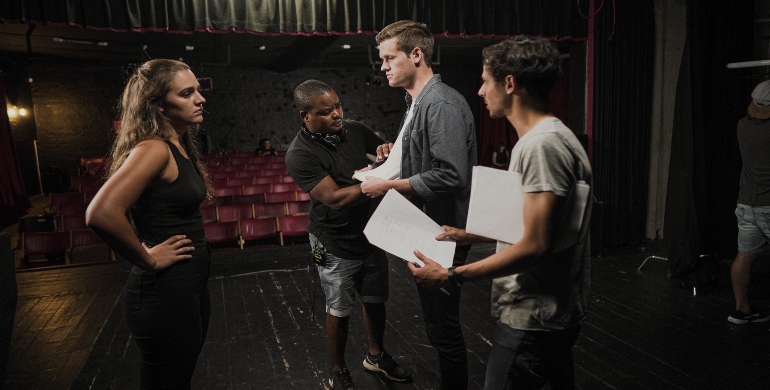
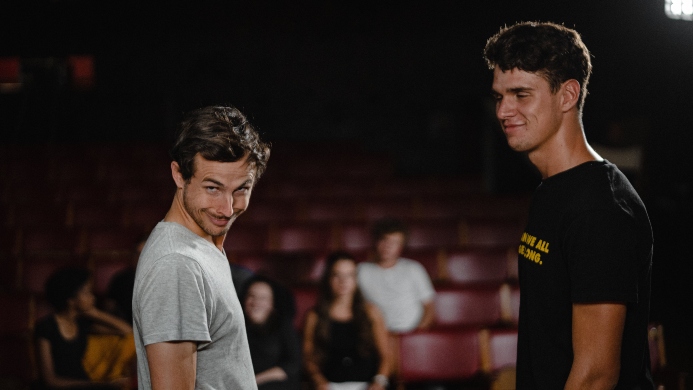
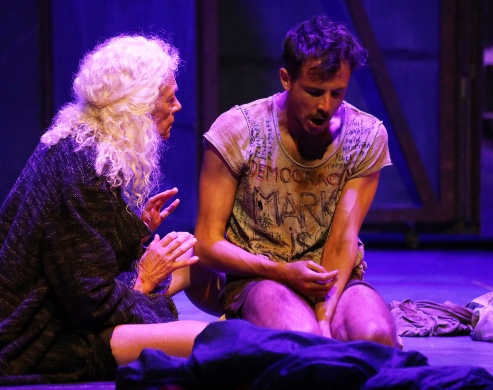
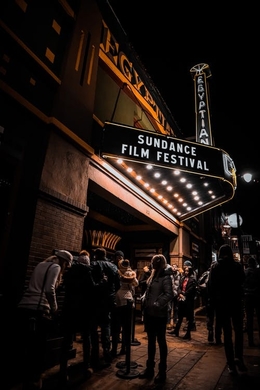
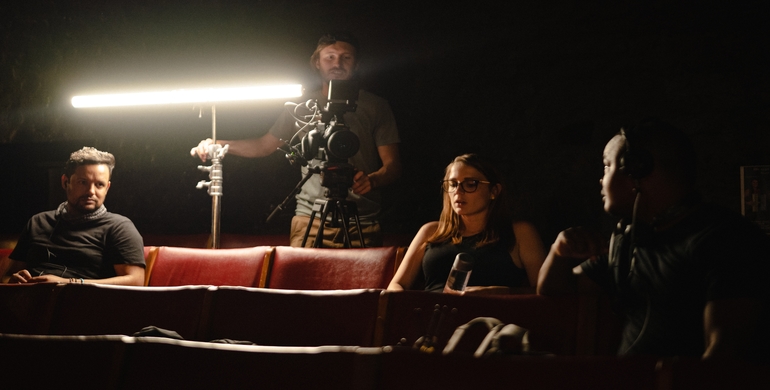
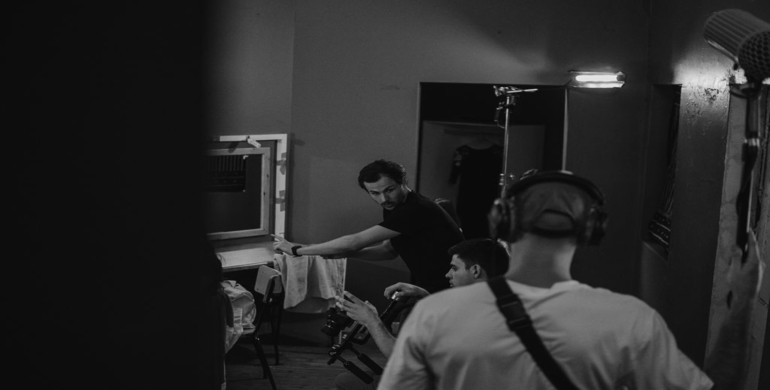
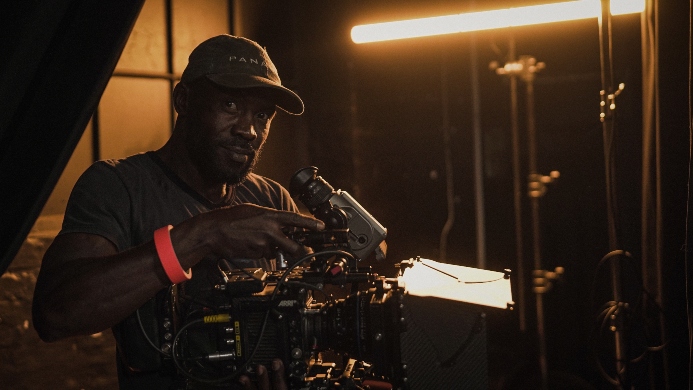
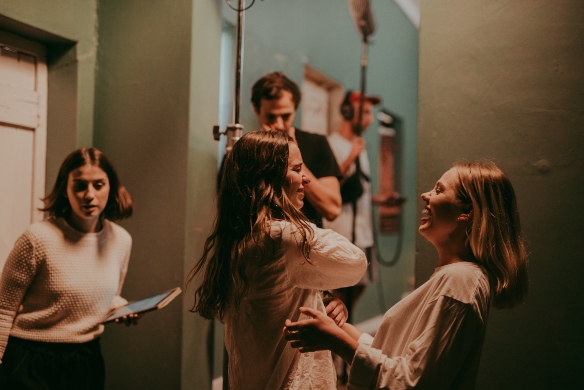
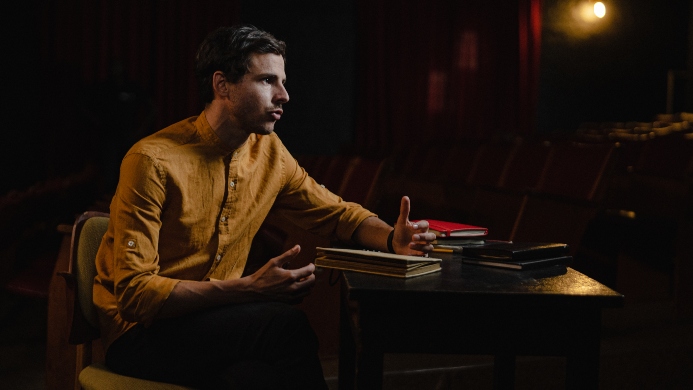
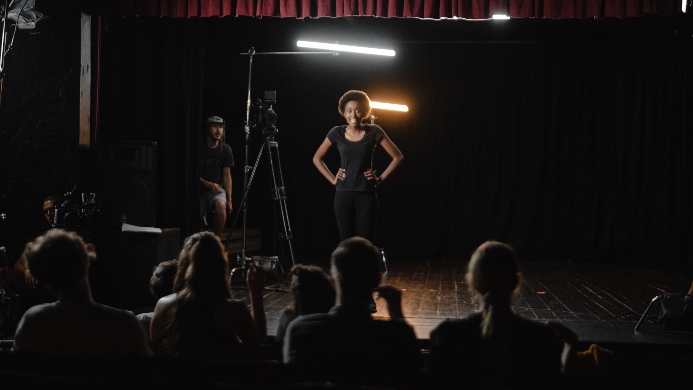
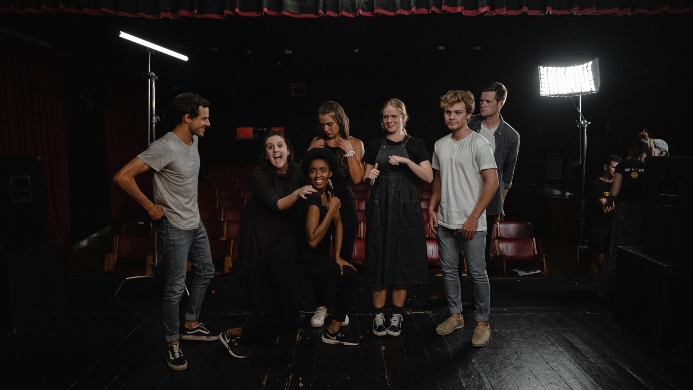
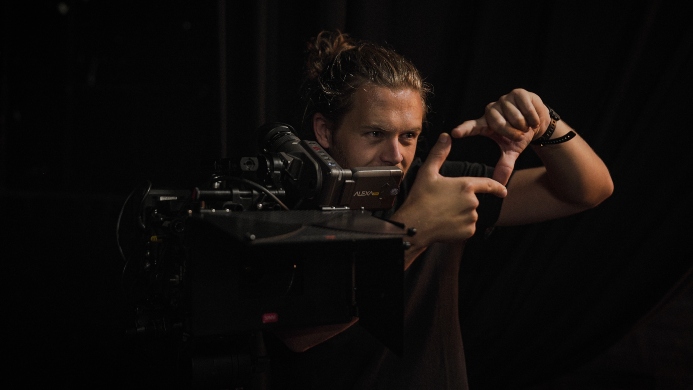
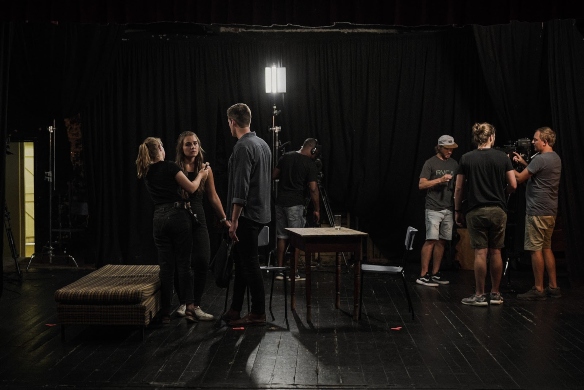
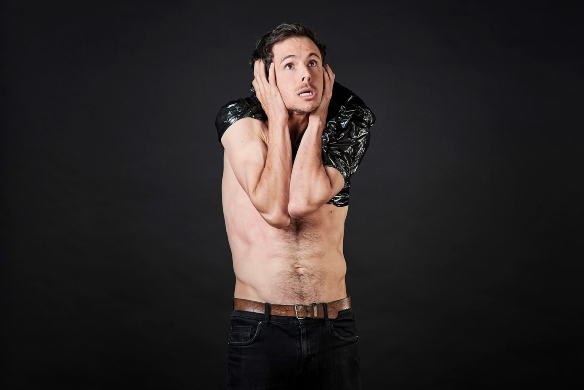
 1.jpg)
.jpg)
 (1).jpg)
 (1).jpg)
 (1).jpg)
 (1).jpg)
 (1).jpg)
 (1).jpg)
 (1).jpg)
 (1).jpg)
 (1).jpg)
 (1).jpg)
 (1).jpg)
 (1).jpg)
 (1).jpg)
 (1).jpg)
 (1).jpg)
 (1).jpg)
 (1).jpg)
 (1).jpg)
 (1).jpg)
 (1).jpg)
 (2).jpg)
 (1).jpg)
.jpg)
 (2).jpg)
 (1).jpg)
 (1).jpg)
 (1).jpg)
.jpg)
 (1).jpg)
 (1).jpg)